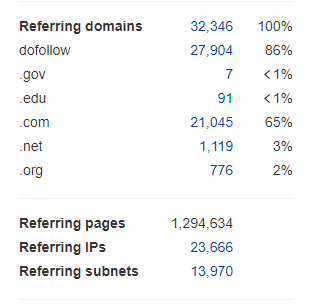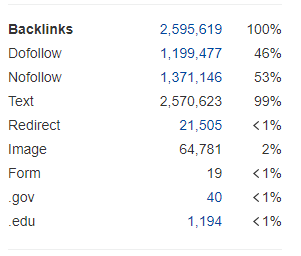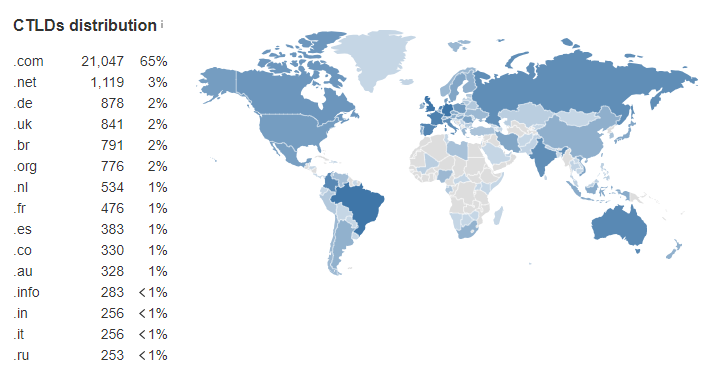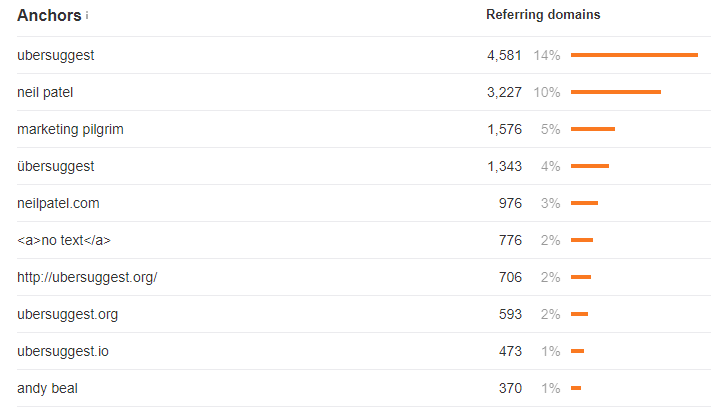There is an obsession (reasonable) to know in detail all the factors that Google uses to rank a web page or another. In this post, I will talk about one of them: link building.
For our comfort, we do not walk blindly when we think about ranking a website, but Google is already responsible for helping us through Hangouts, webmaster’s guides, or official communications.
Among the official statements of Google, the quantity and quality of links are among the top 3 most important factors in ranking a website.
Link building is the strategy of creating links, which helps us rank better than the competition.
Of course, it is not worth creating links without rhyme or reason, but, as I include in the definition, it is a strategic method, so we need to have a base of prior knowledge and know-how we must act to make such a strategy.
Most of the users are searching for the answer to these questions:
- What is link building?
- What does link building mean?
- What is link building in search engine optimization?
- What are link-building services?
- What is link building strategy?
- Is link building still effective?
- How does link building help SEO?
- How to build quality backlinks for my website?
Some SEO experts say that “link building is dead,” defending that what companies must do is to add value. But it is not entirely true. It is indisputable to create value in a brand, and to work on its content is essential if we work on a severe and long-term project, but that does not mean that the links are not an SEO factor.
You may like to know: How does SEO work?
Yes, many SEOs have indeed seen a depreciation in the value that Google gives to links, but much less have they stopped working! They remain a fundamental pillar, and we must take them into account.
In the end, with the Google algorithm, we have to try to get the highest possible score. And take an example of a test where your goal is to achieve the maximum number of correct answers (perform practical SEO actions), and avoid the incorrect answers (ineffective and damaging SEO actions). The more correct answers you have, the better score you will get. And yes, one of those questions would be link building.
How can we make our link-building effective?
For a link-building strategy to work, we have to be natural. No rules guarantee that one action will be more effective than another, but they guarantee that Google will not penalize you.
The most important aspects to consider are:
1. Number of domains and IPs/subnets pointing to your website
In the link-building strategy, something that brings naturalness to Google is that the number of IPs and domains are entirely distinct. This means that 40 domains of the same owner are not pointing to your website, but there are 40 web pages independent of each other linked to you. This way, Google identifies PBNs (private blog networks), which consist of many authoritative blogs that you may use to link your website. This technique is mainly penalized by Google.
2. Dofollow & nofollow links
Another fundamental aspect to keep in mind when we want to carry out a link building strategy is to see the percentage of dofollow and nofollow links.
Dofollow links are those that transfer authority, while nofollow links are used for sponsored links (theoretically, they do not transfer authority, although it is questionable).
As a general rule, it is recommended that the number of dofollow links is notably more significant than that of nofollow, but not in an exaggerated way. A good number would be the following:
10-20% nofollow links, and 80-90% dofollow links
What would not be natural is that you had 99% dofollow links and only 1% nofollow links. However, I emphasize that no magic mathematical formula allows you to follow the best link-building strategy in the world.
3. Countries that link you
Here we enter muddy terrain. Unless you are a globally known company, it is strange that you have incoming links from the US, Canada, Russia, China, etc. Ideally, you have almost 100% of inbound links from your target country. If, for example, you are a Spanish store, it is not convenient for you to have most Russian links. It’s logical, right?
It is also true that in many cases, there is a small percentage of other countries. However, this is not a problem as long as it is not a crazy percentage (30%, for example), and it is known that it is not a negative SEO attack (usually detected by having anchor texts and receiving bad links from countries like China).
4. Anchor Texts
I will discuss the anchor texts when making an effective link building strategy.
For those who do not know, the anchor texts are the words through which they link us, which can be, for example, our URL, or words like “click here,” “source,” “this web on such subject,” our brand, etc.
We combine different types of anchors to provide naturalness to our links and never over-optimize the percentage used in any of them. When I speak of over-optimization, I do not recommend using more than 20% of the same anchor (if this happens, increase the percentage of another anchor so that it decreases).
Among the anchors that are recommended to use more, we have the brand (“InboundCycle,” for example) and the URL with variations in 3w and HTTP (http://example.com, www.example.com, http://www.example.com, etc.).
However, it is best to analyze your competition to see what percentage of anchor texts work for the competitors.
Final words
In this way, we will have an effective link building and hardly detectable by Google. Because as I said at the beginning, creating links naturally and following an appropriate strategy can better position our website. You have to know how to do it right, and with this post, I think you already have the bases set to start with it.
Now it is your turn! What recommendations do you follow in your link building? Do you consider that it is still a prime factor in positioning a website?





